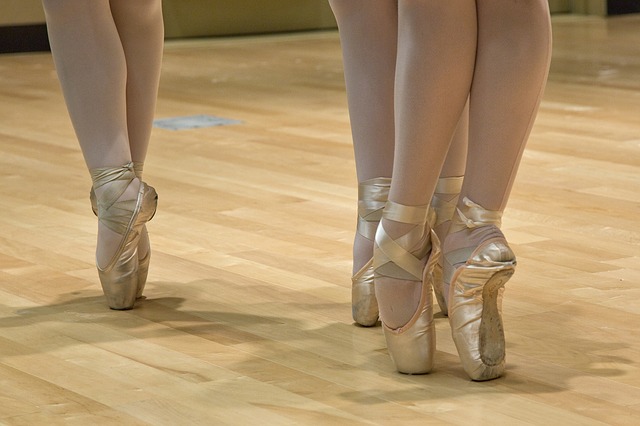Pre-pointe assessment: what is it? What are the benefits?
Published on
30 May 2016

Call us on: (03) 9975 4133
With the traditional ballet production Swan Lake coming to the Melbourne Arts Centre in June, Kirstie Tyson looks into the 'what', 'how' and 'why' of pre-pointe assessment for dancers.
Swan Lake tells the story of a prince who falls in love with the Swan Queen, Odette. When he is deceived and betrayed by the Black Swan Odile, he finds redemption only in death.
A traditional ballet production, Swan Lake has been revitalised and will be performed by the Australian Ballet Company at the Arts Centre Melbourne this upcoming June.
A brief background of Australian Ballet.
Ballet, one of the more rigorous forms of dance, has been performed for centuries. If they’re not managed carefully, the physical effects of ballet can be both significant and numerous – especially in the long term.
In Melbourne, we play host to a large number of ballet and classical dance studios. From junior workshops and pre-professional classes within dedicated schools, right through to professional companies.
As children progress through junior classes and begin to consider pre-professional studies, they reach a stage where teachers and parents alike will consider whether they are ready to progress into pointe work. Dancers must undergo a pre-pointe assessment to determine their suitability for the advanced technique. This typically occurs in the early teenage years.
‘En pointe’.
En Pointe is the motion of supporting all of the body weight on the tips of the toes, with the feet fully ‘plantar flexed’ (extended), within pointe shoes.
Research indicates that dancers who move into en pointe too early are at increased risk of injury. Dancers can be particularly susceptible to overuse injuries that affect the feet and ankles, especially if they attempt the technique with insufficient biomechanics.
We often see these cases in clinic, with injuries such as Achilles tendinopathies or stress reactions (sometimes fractures) of the tarsal bones in the feet. These kinds of injuries will cause significant setbacks for a dancer.
Pre-pointe assessment is becoming increasingly popular and important in the dancing community. The assessment is usually performed by either a physiotherapist or podiatrist with special interest in dance, or by well-versed dance teachers. It is designed to ensure that the biomechanical factors that can lead to injury are negated, and that young dancers are able to handle the physical demands of pointe technique.
Avoiding a sore pointe.
Typical pointe assessment includes (but is not limited to):
1. Compiling a thorough physical overview of the dancer, including both dance and family background, previous or pre-existing injuries, and growth and development.
2. Assessment of the young dancer’s available range of motion in all joints, but with particular focus on the lower limbs.
3. Turn out assessment.
4. Pelvic and trunk stability assessment, including core muscle activation and strength.
5. Assessment of posture and ability to complete fluid pliés.
6. Assessment of strength and endurance, including focussing on whether the young dancer struggles in more challenging positions.
7. A series of functional tests developed over the last 5-6 years that are specific to pre-pointe assessment.
Additionally, a general assessment of overall dance technique is usually conducted to identify further areas of potential weakness or biomechanical deficiency.
It is worth noting that it’s rare for a dancer to progress to pointe work immediately following their first assessment. However, with appropriate ongoing conditioning to correct any identified biomechanical insufficiencies, dancers can progress rapidly and with great success.
Still, the commencement of en pointe is best managed gradually: with the recommendation that young dancers begin training first in soft ballet shoes, working through demi-pointe shoes into full pointe.
Once a dancer successfully transitions into en pointe dancing, the world of ballet opens up as a host of exciting new dance moves and techniques become available.
While it is one of the most exciting times in a dancer’s career, the functional abilities and safety of all young dancers should be the number one consideration. Assessment plays a key role.
At Pure Physio, we’ve developed both pre-pointe and general dance assessments in accordance with the latest industry-leading research. Our assessments can be performed in-clinic to provide important feedback for dance teachers and company directors alike.
Get in touch today to find out more about our treatment and assessment options for dancers!
Back to blog home